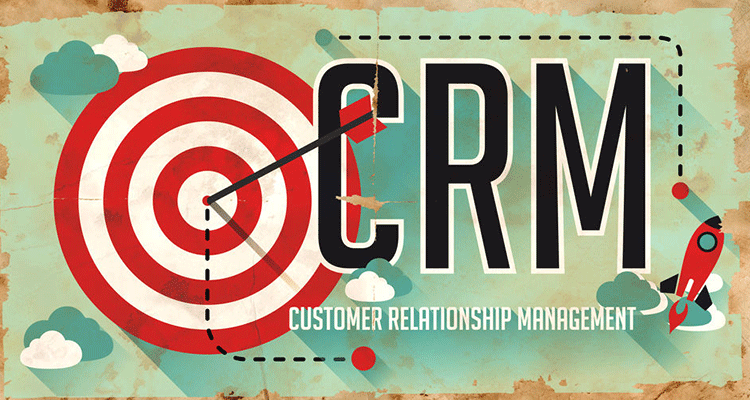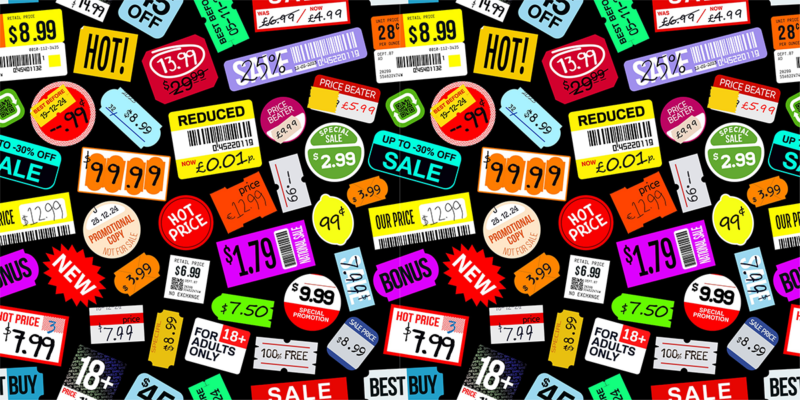Making CRM Work For You
 One buzzword/acronym that gets thrown around a lot is CRM, short for customer relationship management. It can be a large, unwieldy concept and what CRM looks like for a business can be a lot like the parable of the five blind people, each trying to describe an elephant, by only touching one part of it.
One buzzword/acronym that gets thrown around a lot is CRM, short for customer relationship management. It can be a large, unwieldy concept and what CRM looks like for a business can be a lot like the parable of the five blind people, each trying to describe an elephant, by only touching one part of it.
Speaking broadly, CRM is intended to manage the business’s ongoing interaction with clients and prospects. Large companies use big data and analytics about trends in customers’ activities in order to increase retention and grow sales.
While large companies put the focus on analyzing lots of data from lots of customers, for small and medium-sized businesses (such as your typical AV installation company) CRM focuses more on database and scheduling in order to help manage client relationships: managing contacts, follow-up and scheduling.
CRM system vendors will of course tell you that their service goes beyond managing your customer relationships, but extend to all aspects of your network, including vendors and suppliers as well as internal contacts like managing human resources.
Rather than get bogged down into arguing whether or not CRM should stand for Contact Relationship Management, let’s focus on what most readers would be expected to concern themselves with: managing current and prospective clients.
And because I’m not here to advertise for any particular brand of CRM system, the focus will be on generalities and more importantly the business user themselves.
The core utility is to give you a clear overview of the status of all of your relationships with clients and prospects. On the dashboard you’ll have access to the timeline of your company’s interactions: the contacts, the status of their decision making and ordering and the ability to schedule ongoing follow-up.
CRM centralizes all of the who, what, when, where, why and how about your clients and makes managing those relationships simpler.
In the old days, before we had a CRM system at one of my old jobs, the question my boss would ask us was “What are you working on?”
Which was a big question. It was actually several questions, the most important one being, “How many prospective deals do you have stacked up in your sales funnel?” That was followed by, “And where are they all at?”
And, in those old days, that information was scattered: notes in Outlook, printouts in binders or, most commonly, strewn across our desks.
It’s crucial for managers to have a grasp of what their teams are working on, but as satisfying as verbal updates are, they’re inefficient.
Beyond the purely social aspect of talking to your team members, having all that information available at a glance on your dashboard frees up time for other activities.
And for the team members, having all of their client contact activities centralized makes them more efficient. Comprehensive contact records means that everything they need to remember is there: when they last met someone, what was discussed and schedule what the next steps will be.
That means fewer missed meetings, or forgotten promises, which means greater client satisfaction, and ideally closing more deals, and making them more profitable.
Additionally, the value of having all that client contact data centralized means less duplication of effort, and less work to put the puzzle pieces together when someone leaves the company, and others have to fill in the blanks and figure out what they were working on, and what they had promised the client.
That said, CRM systems, like all systems, are only as good as what gets put into them. It matters less which CRM system you select for your company than that team members get on-board with using it, really using it. It’s imperative that they catalogue their activities in it, and use the scheduling to prepare for future activities. Getting compliance on that can initially take some effort from management, especially with the sales team, since managing salespeople can be like herding cats.
Put another way, in order to make CRM work, your and your team will have to put work into it. Think of it like this: a good plan that is fully executed is better than a perfect plan that never leaves the drawing board.





